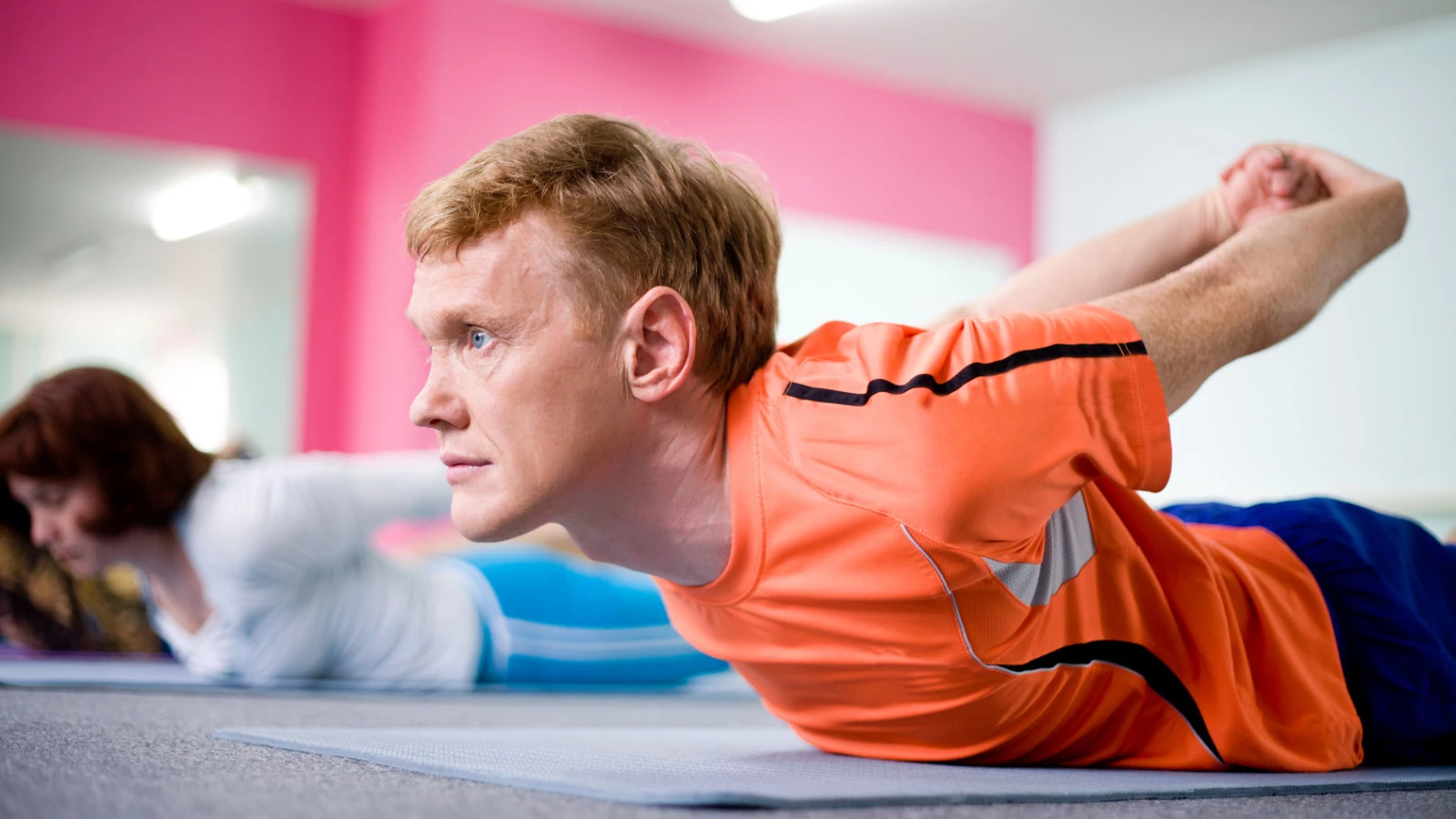Yoga Practice Tips: Why Listening to Your Body Might Not Be Enough

If you practice yoga, you’ve probably heard the entreaty, “Listen to your body.” It’s good, sound advice.
When you embark on any physical practice, it’s important to know and respect your body’s limits. Those limits can change over time, of course, but tuning in and listening to what your body is telling you each time you practice is essential not only to your body’s health, but to the growth of your practice. How else can you really know the effects of an asana?
As teachers, we can’t truly know what another person is feeling in his/her body. So encouraging students to develop their own body awareness is crucial.
Cautions When Telling Yoga Students to Listen to Their Body
Although listening to your body, and encouraging your yoga students to do so, is very important, sometimes it is not enough to keep your body safe. Here are four reasons why:
-
It takes a while to develop body awareness. Some of us come to yoga practice with fairly refined body awareness, while others come to practice barely able to understand what they’re feeling even when it’s not at all subtle. This disparity might be the result of some people having already engaged in lots of physical activity while others have not. A person who has suffered physical or emotional trauma could be either hyper-aware of physical sensation, or might have developed a mechanism to shut down extreme sensation.
-
Whatever the reason, it’s safe to assume that every student who comes to your yoga classes is not experiencing the same level of body awareness. So not every student will be able to trust his/her listening skills, at least at first. This is where an experienced yoga teacher who knows how to look for alignment that is in or out of integrity is so important. And alignment integrity doesn’t look the same for every person—humans are not cookie cutters.
-
 Even if your body awareness is very refined, there are times when you might be hurting yourself inadvertently, even though everything feels fine in the moment. For example, often you will not feel over stretched ligaments until the next day. Over time, consistently overstretching ligaments can cause joint instability.
Even if your body awareness is very refined, there are times when you might be hurting yourself inadvertently, even though everything feels fine in the moment. For example, often you will not feel over stretched ligaments until the next day. Over time, consistently overstretching ligaments can cause joint instability. -
A stickier, more long-term issue is the possibility of joint damage, especially in the hip joints. Our acetabula (the sockets of the hip joints) are lined with a cartilaginous surface called the “labrum.” In addition, the heads of our femur bones are covered with cartilage. The cartilage on both surfaces allows the ball and socket to articulate smoothly and freely. Cartilage has no enervation, so we can’t feel the ball and socket articulating with each other. When we make a habit of pushing or collapsing into our joints—this especially applies to the bendier yoga folks—the cartilage can tear or wear down over time. We don’t feel cartilage damage until the cartilage is gone, and then it’s often too late. Fortunately, hip replacement surgery has improved by leaps and bounds, but a better idea would be to avoid overstretching our joints in the first place.
Teaching Yoga Students and Ourselves
As yoga teachers, we should encourage students to listen to their bodies, and help them understand that pain and discomfort are signals to back off, not to keep going. But we also need to train ourselves to know what collapsing into a joint looks like. Some of the yoga poses that people commonly collapse or push into their hip joints include extreme hip openers—think Pigeon, Hanumanasana, lunges and Yoga Nidrasana. (Do you really need to put your ankle behind your head to enjoy a grace-filled life?)
Backbends can be a problem as well because there’s a tendency to push into your hip joints to get that extra few millimeters of height. And that ubiquitous instruction about keeping your pelvis squared in standing yoga poses? Please don’t do it. Let your hip of your back leg rotate inward so that you maintain continuity between the legs and pelvis. Do listen to your body. You can avoid a lot of present and future suffering by simply paying attention. But also, do remember that just because everything feels fine in the moment, it may not be in the long run. Know what normal range of motion is for your joints. And remember: Nowhere in yoga’s texts does it say that pushing past your limits is good yoga practice. Remember shtira (stability) and sukkha (ease) from Sutra 2.46? (Translated: The physical body should be steady and comfortable.) If you’re going to put energy into anything in your practice, aim for a balance between these two qualities. And find yourself an experienced teacher who knows what that means.
Be inspired! Yoga practice tips also include the little things that count most, learn more in another insightful article from YogaUOnline Contributor, Charlotte Bell.
Listening to your body and yoga practice tips should always include keeping your hamstrings happy and healthy, join YogaUOnline master teacher and scholar, Doug Keller, for a course that will enhance both your personal practice and your classes.
 Charlotte Bell began practicing yoga in 1982 and began teaching in 1986. She was certified by B.K.S. Iyengar in 1989 following a trip to Pune. In 1986, she began practicing Insight Meditation with her mentors Pujari and Abhilasha Keays. Her asana classes blend mindfulness with physical movement. Charlotte writes a column for Catalyst Magazine, and is the author of two books: Mindful Yoga, Mindful Life and Yoga for Meditators, both published by Rodmell Press. She also edits Hugger Mugger Yoga Products¹ blog and is a founding board member for GreenTREE Yoga, a non-profit that brings yoga to underserved populations. A lifelong musician, she plays oboe and English horn in the Salt Lake Symphony and the folk sextet Red Rock Rondo whose 2010 PBS music special won two Emmys.
Charlotte Bell began practicing yoga in 1982 and began teaching in 1986. She was certified by B.K.S. Iyengar in 1989 following a trip to Pune. In 1986, she began practicing Insight Meditation with her mentors Pujari and Abhilasha Keays. Her asana classes blend mindfulness with physical movement. Charlotte writes a column for Catalyst Magazine, and is the author of two books: Mindful Yoga, Mindful Life and Yoga for Meditators, both published by Rodmell Press. She also edits Hugger Mugger Yoga Products¹ blog and is a founding board member for GreenTREE Yoga, a non-profit that brings yoga to underserved populations. A lifelong musician, she plays oboe and English horn in the Salt Lake Symphony and the folk sextet Red Rock Rondo whose 2010 PBS music special won two Emmys.



